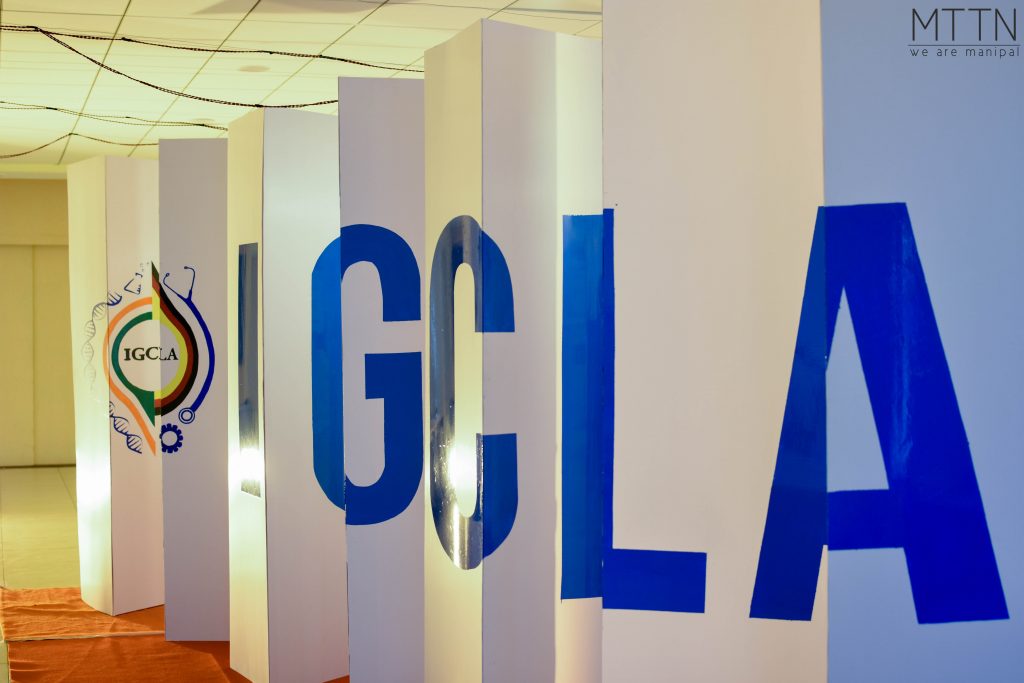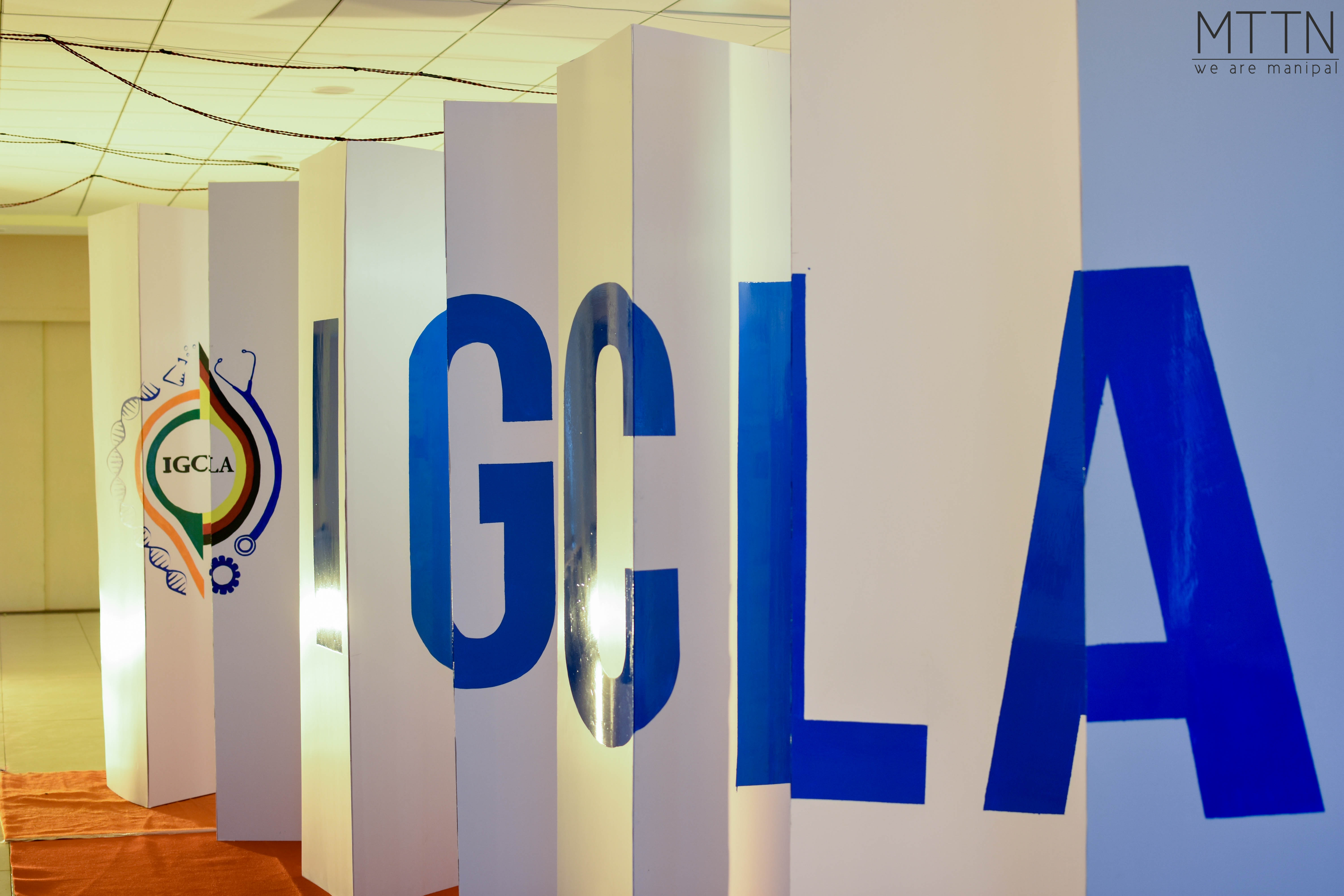
Diagnosing Inborn Errors Of Metabolism (IEM) ( Presented by Anibh Das)
Dr. Anibh Das currently works as the Head of the Metabolic Centre at the Clinic for Paediatric Nephrology, Hepatology, and Metabolic Disorders. His research is on energy metabolism and glycogen storage disease shed some light on various lysosomal disorders.
The first description of IEM was of Alkaptonuria by Sir Archibald Garrod in 1908. Most of the IEM in the world are storage diseases that are mostly storage diseases with an exception of Niemann-Pick Disease Type C and neonatal liver failure. Some forms of IEM diseases are the intoxication type which involves self-intoxication triggered by catabolism. The disorder of energy metabolism involves cellular energy depletion manifesting as a multisync disorder ( Mitochodriopathy, respiratory chain defect).
He explains that the intoxication type is triggered during the postnatal period during with the peak of the infection at 6-12 months of age. In such diseases, the caloric need surpasses the caloric supply. The preventive measures used are newborn-screening which is done in Germany nationwide on the second day of life. The timing of blood sampling for newborn screening is at 36 hours of life. There is also the Guthrietest Bacterial Inhibition Test, Tandem-MS which is a more modern technique.
Dr.Anibh Das also shares with us the clinical symptoms that could possibly lead to an IEM such as Septicaemia with negative infection parameters, Encephalopathy of an unknown cause, acute liver failure of an unknown cause or cardiomyopathy of an unknown cause as well as a multisystemic disease.
Role of Histone methyltransferase during regeneration of Hydra (Presented by Mrinmoy Pal)
Mrinmoy Pal is an accomplished young man who has been associated with fellowships like the KVPY. He has also published various reviews and research articles as well as the recipient of the of the IISER Kolkata Gold Medal for overall excellence and all-rounder performance.
Mr. Mrinmoy speaks mainly about his topic of research as part of his master thesis for the past one year. He explains that regeneration is the process of repair and restoration of lost or damaged cells, tissues and organs. There are 3 types of regeneration such as Morphallaxis, Epimorphis, and Stem cell-mediated compensatory regeneration. During the course of his research, he found out that RNAi knockdown of the SET 1/MIL family members impairs blastema formation and regeneration.
The hypothesis of his thesis is that the subset of Hydra KMT’s in concert with histone demethylase plays a critical role during morphallactic regeneration. The objective was to characterize histone methyltransferase from Hydra and investigate their functional role during regeneration. He uses functional screening of Hydra KMT’s during head regeneration using specific small molecule inhibitors in the ideal organism: Hydra.
At the end of his study, he found out that there was a significant delay in tentacle emergence and an impairment of foot regeneration upon treating Hydra with UNCO379. He also proved ectopic activation of canonical Wnt signaling pathway leads to transcriptional up regulation of SETDB.
Next Gen Robotics for Neurosurgery (Presented by Dr. Vikas V)
Dr. Vikas works in the department of Neurosurgery NIMHANS in Bangalore. This Ph.D. holder explains the evolution of robotic surgery in 3 stages. Stage 1 is surgery performed with/by a robot inferior to surgery performed by human surgeons. Stage 2 is robotic surgery on par with human-operated surgery. Stage 3 is surgery performed by robots superior to human surgery. Stage 3 is what Dr. Vikas and his team are aiming for.
Robots can be programmed with either general purpose or targeting devices. In general purpose, robots can be of further 2 types: task-specific which involves drilling, coagulation, suturing, gripping and multi-tasking which involves pathfinding conduit-flexible and visual devices. Targeting devices, he says, on the other hand, have the objective of reaching and maintaining a spatial target and have quite a few diverse application such as depth electrode placement, spinal fusion, and implant placement-shunt.
The holy grail of contemporary neurosurgery is to see through tissues, around corners and operate around corners and at more magnified levels with more accuracy. Using these principles as their guiding force SARL, a collaboration between NIHMANS, IIT-B, Banglore to focus on neurological robotics and neurological disability through a multi-faceted approach-devices to theory. It consists of a family of devices that include a Hyperflexible hyper-redundant segmental robot, underwater gripper, linear actuator/drill and suturing robot.
But is robotics the end of human surgeons? Dr. Vikas quickly puts our fears to rest by explaining the benefits of such robotics. It would exponentially increase the range of surgical procedures. It would drastically reduce complication rates and even personnel required during neurosurgeries.
Advances in Neuropathology (Presented by Dr. Nandessh BN)
Dr.Nandeesh belongs to the department of neuropathology from NIMHANS Bangalore. His research interests include neuro-oncopathology, enteric nervous system, and ultrastructural neuropathology. He has also received the Best Scientific Paper Award for his work on corneal dystrophy in 2010.
Neuropathology includes neuro-oncology and neuromuscular. In neuro-oncology Dr. Nandessh deals with CNS neoplasms which are a diverse and wide spectrum of morphologies, tissues of origin, histologic subtypes and molecular abnormalities. Brain tumor diagnostics and therapy is a multi-disciplinary task as it requires close collaboration of neurosurgery, radiation, oncology. Pediatric and medical oncology, neuroradiology, neuropathology, and others.
Among the various methods of testing for tumors. The ImmunoHistoChemical method is perhaps the most trusted due to advancements such as double/ multiple immunoenzymatic-MULTIPLEX IHC. This uses automation and cellular imaging, objective quantitative evaluation.
Dr. Nandeesh also stressed the importance of neuropathology and diagnostic testing in neurological disorders as it helps in avoiding unnecessary investigations while improving disease management and care. It also helps to establish an accurate diagnosis with additional information while guiding clinical management.
Dr. Shamee Shastry
Dr. Shamee Shastry of the department of immunohematology delivered an impressive talk about transfusion, blood groups and the need for a rare blood group registry. She explained to the delegates about different blood types, techniques and most importantly, the Bombay blood group and its associated disorders. As a doctor involved in the discovery of the rare P null type, her every insight was full of invaluable knowledge.
Dr. Farhat Mantoo
Dr. Farhat Mantoo, an eminent personality from Medicine Sans Frontiers spoke to the delegates about Doctors Without Borders and what it means to be a member of such an elite organization. She described the privilege of being able to help people in need all over the world and how much if a difference they were making. Dr. Mantoo also stressed the importance of their work, the trials, and tribulations they face, their triumphs and their losses- the talk was as moving as it was informative.

Leave a Reply
You must be logged in to post a comment.